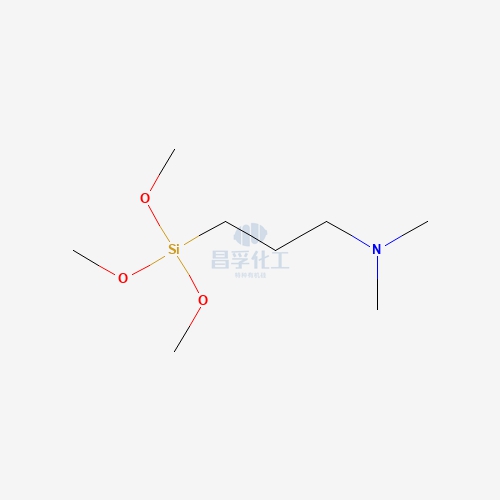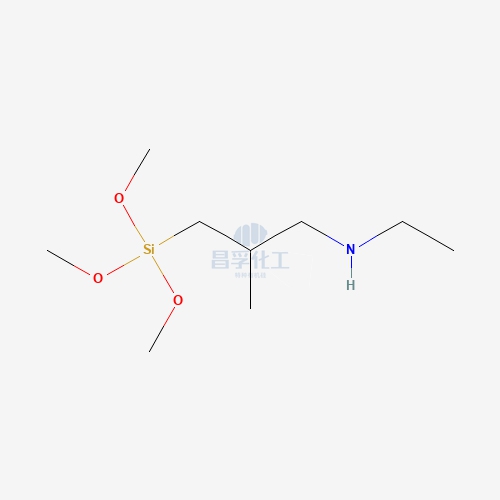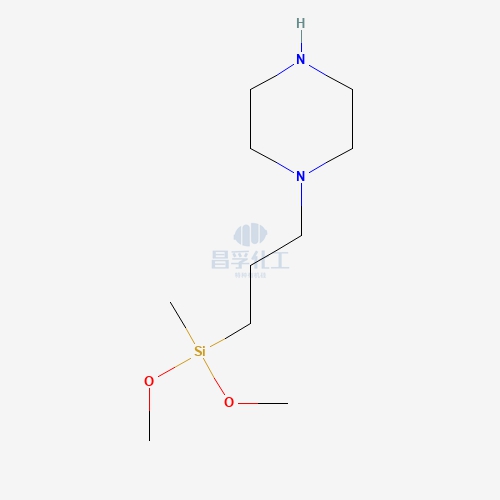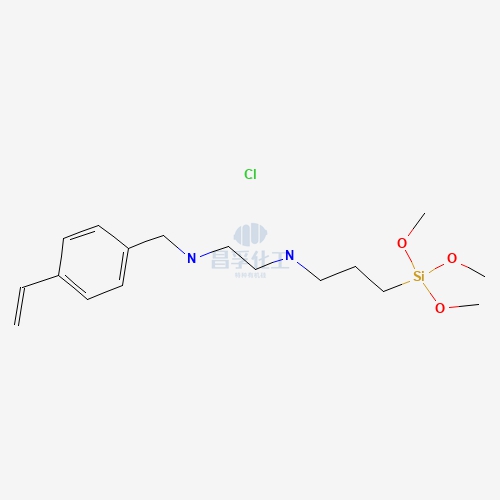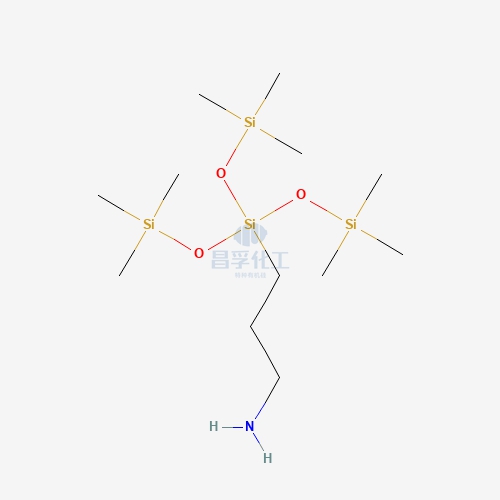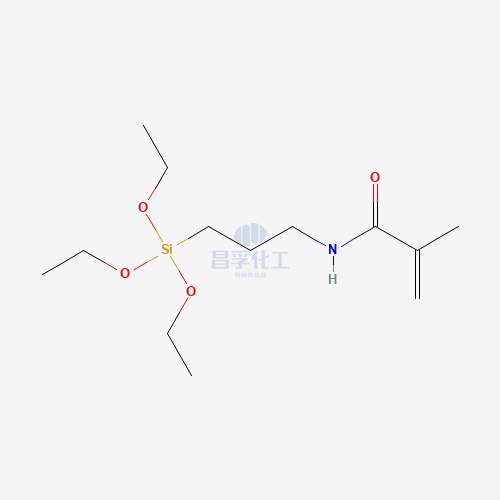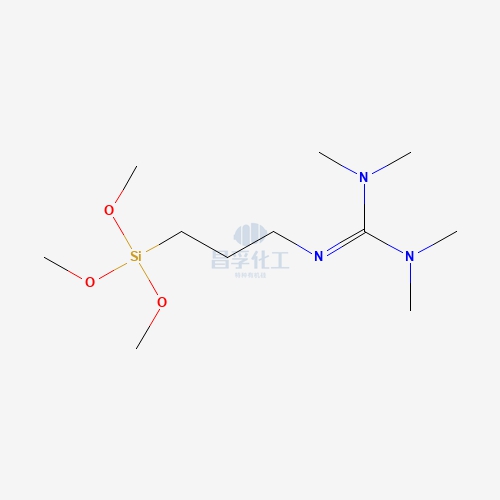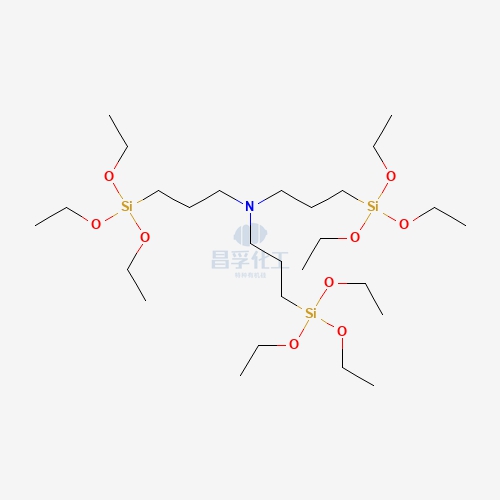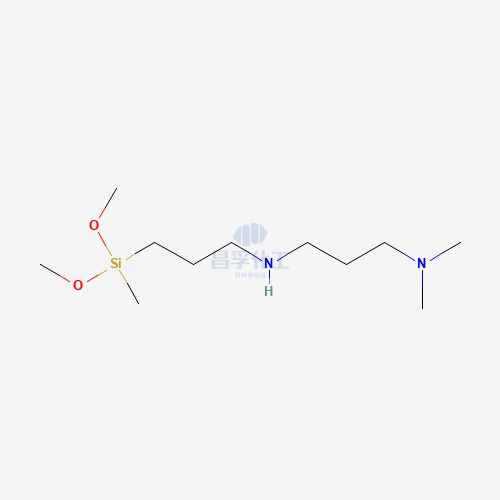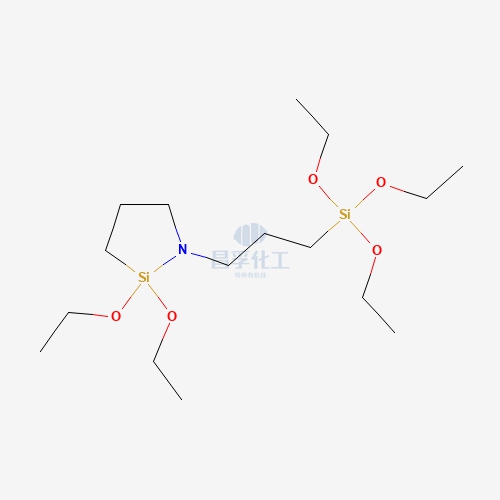
Contact Changfu Chemical Now!
+86 27 8439 6550 | +86 181 6277 0058
Organosilicon Compounds: A Comprehensive Guide to Their Chemistry and Applications
Introduction
Organosilicon compounds, which contain silicon-carbon bonds, are an essential class of materials with wide-ranging applications. From their role in advanced materials and electronics to their use in pharmaceuticals and everyday products, these compounds exhibit unique properties that make them invaluable. This guide delves into the chemistry of organosilicon compounds, their synthesis, properties, and applications, providing a thorough understanding of their significance in modern science and technology.
What are Organosilicon Compounds?
Definition and Classification
Organosilicon compounds are chemical compounds that feature at least one silicon-carbon (Si-C) bond. They are classified based on their structure and the number of silicon atoms in the molecule:
- Monosilanes: Contain a single silicon atom.
- Oligosilanes: Contain a small number of silicon atoms.
- Polysilanes: Contain long chains of silicon atoms.
Historical Background
The discovery and development of organosilicon chemistry date back to the early 20th century, with significant advancements made in the mid-1900s. Key figures such as Frederick Kipping laid the groundwork for modern organosilicon chemistry.
Chemical Structure and Properties
Silicon-Carbon Bond
The Si-C bond is less polar than the carbon-oxygen (C-O) bond, giving organosilicon compounds distinct properties compared to their carbon analogs. This bond is also more resistant to hydrolysis and oxidation.
Unique Properties
- Thermal Stability: High resistance to thermal degradation.
- Chemical Inertness: Stability against various chemicals.
- Flexibility: Enhanced mechanical properties due to the Si-O backbone in polysiloxanes.
Synthesis of Organosilicon Compound
Basic Methods
- Direct Process (Müller-Rochow Process): Involves the reaction of methyl chloride with silicon.
- Hydrosilylation: Addition of silicon hydrides to unsaturated organic compounds.
- Grignard Reaction: Involves the reaction of organomagnesium halides with silicon halides.
Advanced Techniques
- Photochemical Methods: Utilizes light to initiate reactions for synthesizing complex organosilicon structures.
- Catalytic Processes: Employ catalysts to enhance reaction efficiency and selectivity.
Applications in Various Industries
Electronics and Semiconductors
- Silicon-based Polymers: Used in the manufacturing of flexible electronics.
- Dielectric Materials: Organosilicon compounds are essential in producing high-performance dielectric materials for electronic devices.
Construction and Coatings
- Sealants and Adhesives: Provide durability and flexibility in construction applications.
- Protective Coatings: Used for their water-repellent and corrosion-resistant properties.
Pharmaceuticals and Healthcare
- Drug Delivery Systems: Enhance the bioavailability and stability of pharmaceutical compounds.
- Medical Implants: Utilized in silicone-based implants for their biocompatibility and durability.
Personal Care and Cosmetics
- Skin and Hair Care Products: Impart smoothness and improve the feel of personal care products.
- Antifoaming Agents: Used in various formulations to prevent foam formation.

The Role of Organosilicon Compounds in Advanced Materials
High-Performance Polymers
Organosilicon compounds are integral in developing high-performance polymers with applications in aerospace, automotive, and electronics.
Nanotechnology
Organosilicon-based materials are used in nanotechnology for creating nanoscale structures and enhancing the properties of nanocomposites.
Renewable Energy
Silicone materials are vital in the production of photovoltaic cells and other renewable energy technologies.
Environmental Impact and Sustainability
Eco-friendly Alternatives
The development of organosilicon compounds focuses on creating environmentally friendly materials that reduce ecological footprints.
Recycling and Reusability
Efforts are being made to recycle and reuse silicone materials, contributing to sustainable practices in various industries.
Biodegradability
Research is ongoing to improve the biodegradability of organosilicon compounds to minimize their environmental impact.
Challenges and Future Directions
Synthesis Complexity
The synthesis of organosilicon compounds can be complex and requires advanced techniques and catalysts to achieve desired properties.
Cost Considerations
The cost of producing high-purity organosilicon compounds can be high, which impacts their widespread adoption in some applications.
Future Research
Future research aims to explore new applications, improve synthesis methods, and develop sustainable and cost-effective organosilicon compounds.
Case Studies: Innovations in Organosilicon Chemistry
Flexible Electronics
A leading electronics manufacturer developed flexible displays using organosilicon-based polymers, resulting in lightweight and durable electronic devices.
Advanced Drug Delivery
A pharmaceutical company created a new drug delivery system using organosilicon compounds, enhancing the efficacy and safety of their medications.
Sustainable Construction Materials
An innovative construction firm used organosilicon-based sealants and coatings to build eco-friendly and durable structures, significantly reducing maintenance costs.
Common Misconceptions about Organosilicon Compounds
Toxicity Concerns
Organosilicon compounds are often mistaken as toxic; however, many of them are biocompatible and safe for use in medical and personal care products.
Limited Applications
Contrary to belief, organosilicon compounds have a wide range of applications beyond electronics, including construction, healthcare, and renewable energy.
High Costs
While some organosilicon compounds can be expensive, ongoing research is aimed at reducing production costs and making them more accessible.
Frequently Asked Questions
What are organosilicon compounds used for? Organosilicon compounds are used in electronics, construction, pharmaceuticals, personal care, and renewable energy due to their unique properties such as thermal stability and chemical resistance.
How are organosilicon compounds synthesized? Common synthesis methods include the direct process, hydrosilylation, and Grignard reactions, often enhanced with photochemical methods and catalytic processes.
Are organosilicon compounds environmentally friendly? Efforts are being made to develop eco-friendly organosilicon compounds, with a focus on recycling, reusability, and improving biodegradability to minimize environmental impact.
Can organosilicon compounds be used in medical applications? Yes, organosilicon compounds are biocompatible and used in medical devices, implants, and drug delivery systems for their safety and performance.
What are the challenges in using organosilicon compounds? Challenges include synthesis complexity, high production costs, and the need for advanced research to explore new applications and improve sustainability.
How do organosilicon compounds enhance electronics? They provide high-performance dielectric materials, flexible polymers, and durable coatings, essential for the advancement of electronic devices.
Conclusion
Organosilicon compounds, with their unique chemical properties and versatile applications, are a cornerstone of modern science and technology. From enhancing the performance of electronic devices to providing durable and biocompatible materials in healthcare, these compounds have revolutionized various industries. Understanding their chemistry, synthesis methods, and applications allows for further innovations and sustainable practices. As research continues to evolve, organosilicon compounds will undoubtedly play a critical role in shaping the future of materials science and technology.
Popular Silicon Compounds
Popular Silicon Compounds
Related News & Blog
Related News & Blog


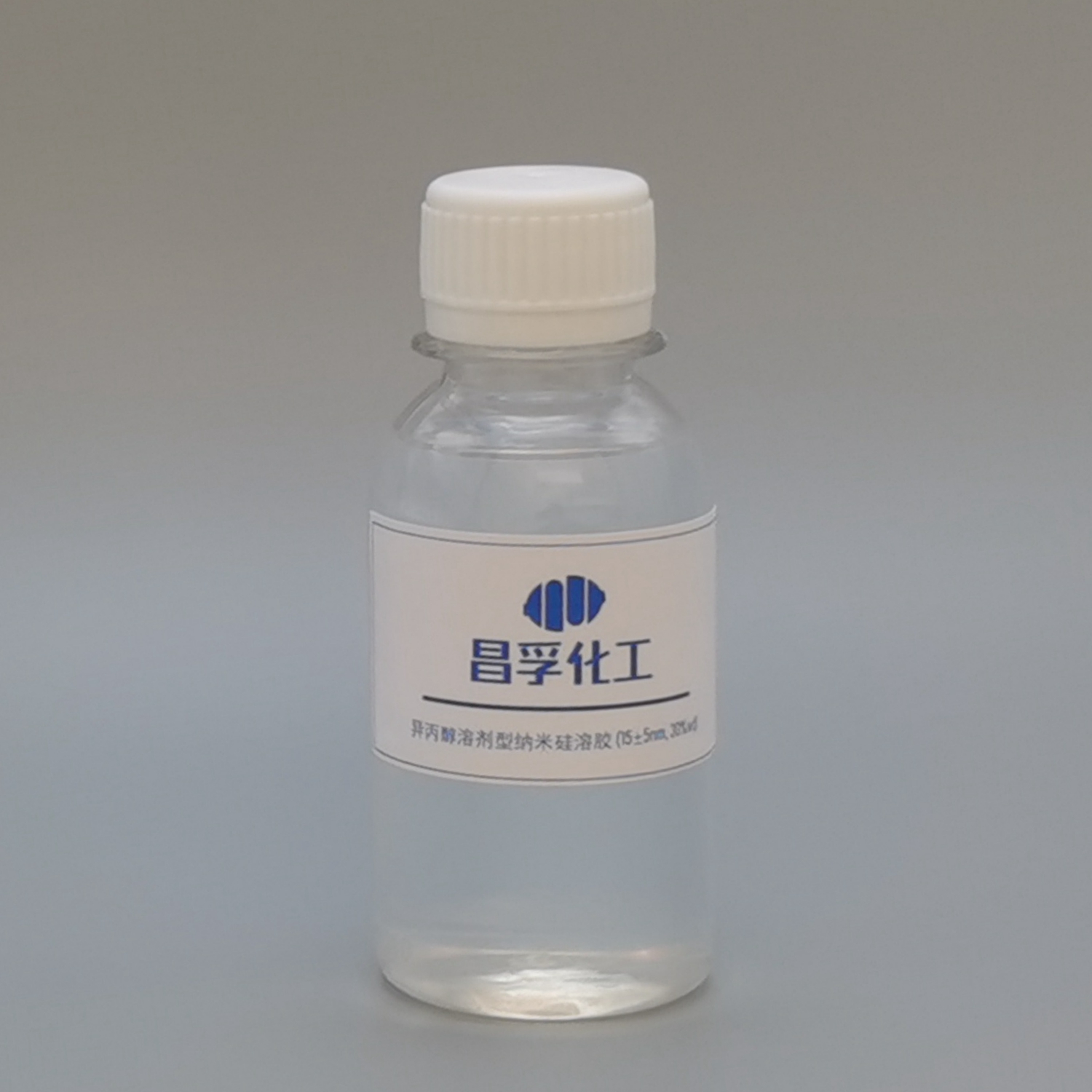
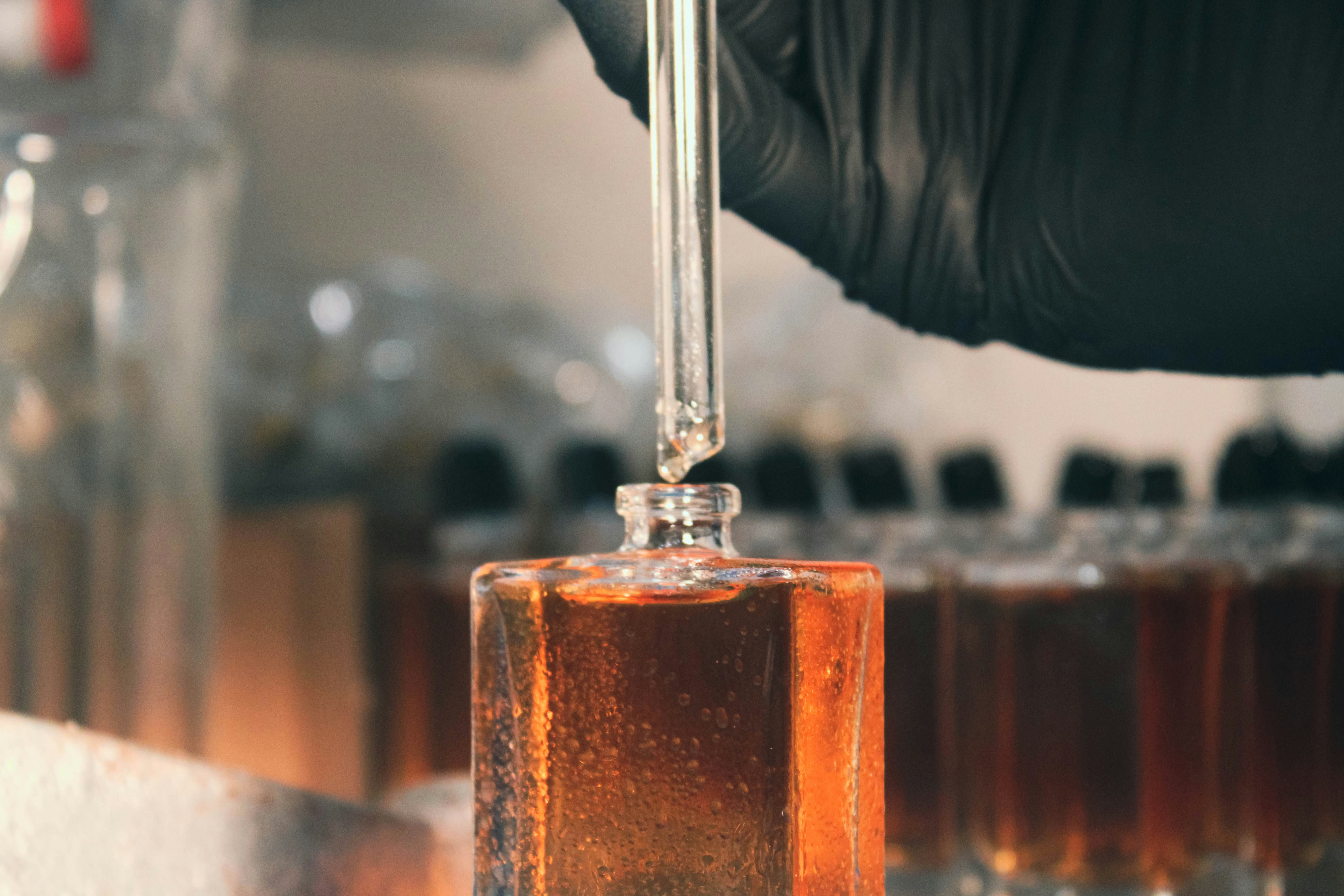








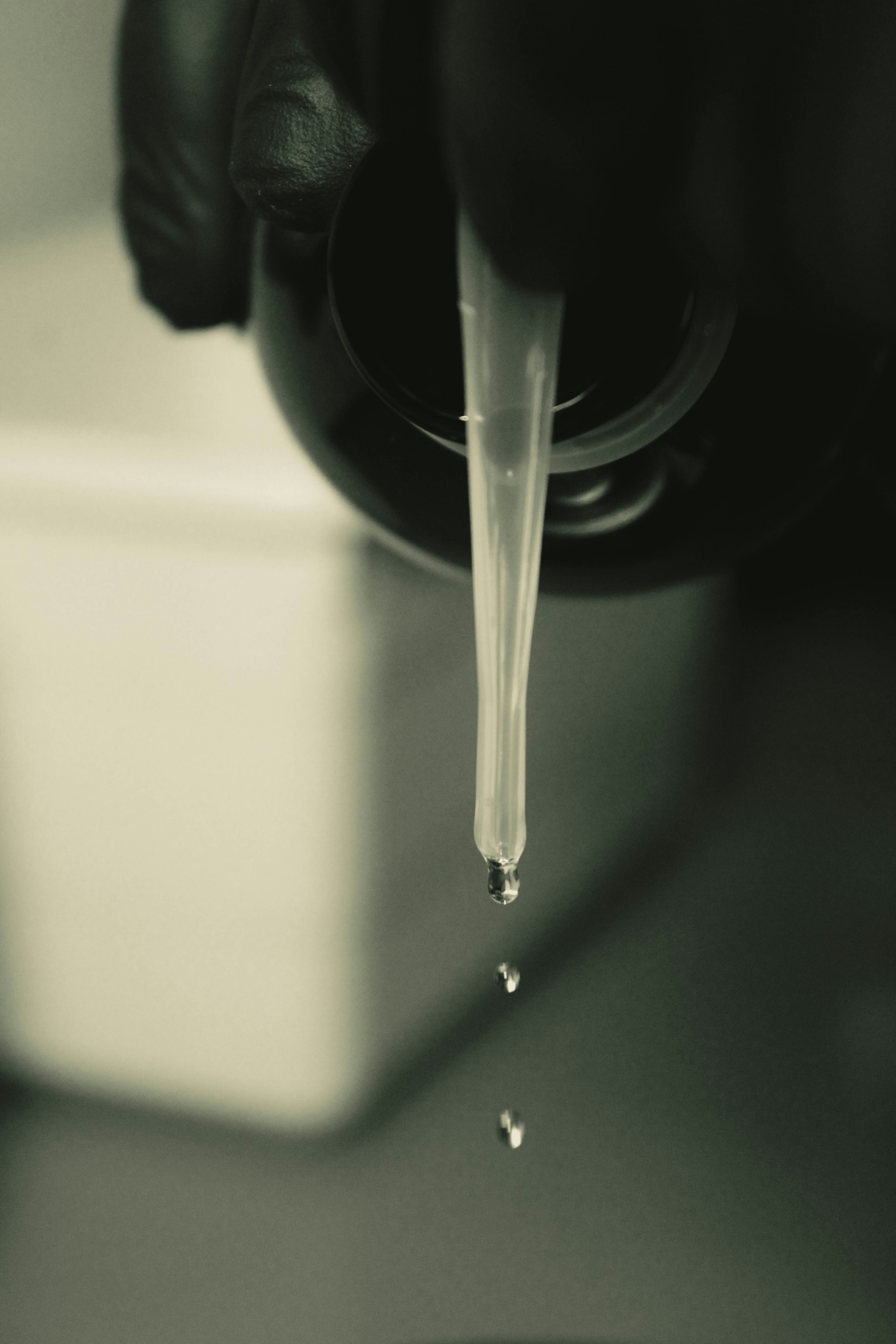











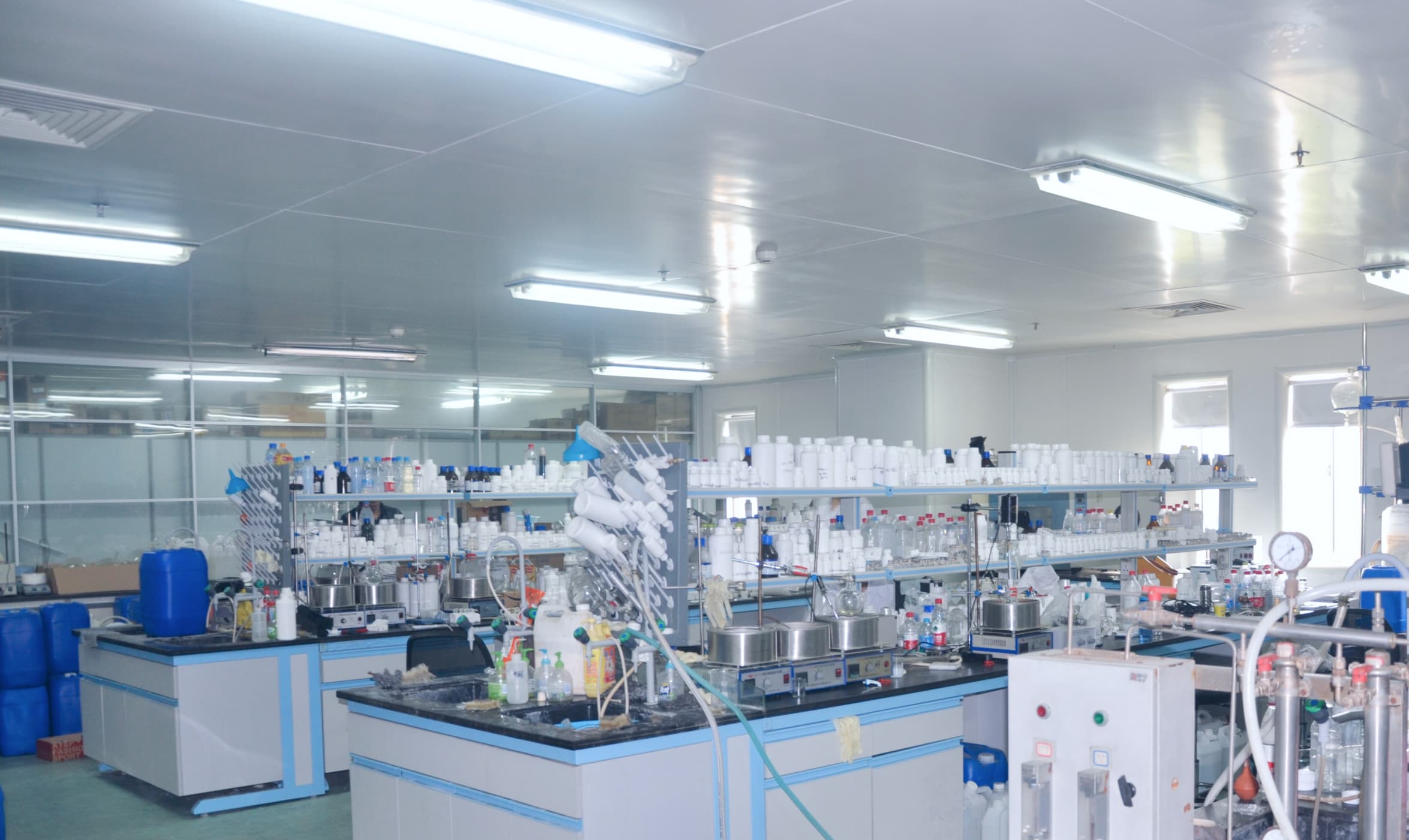


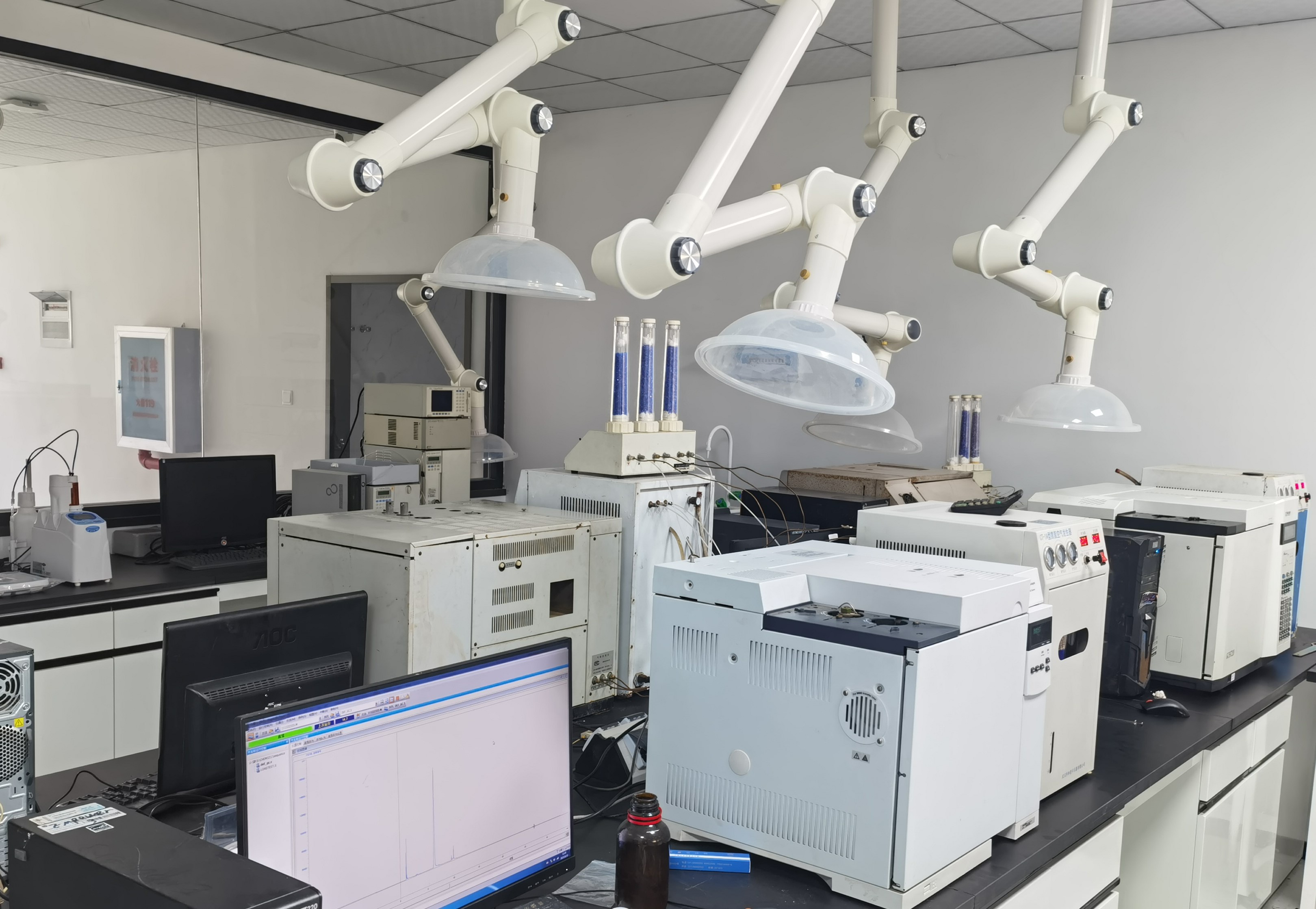



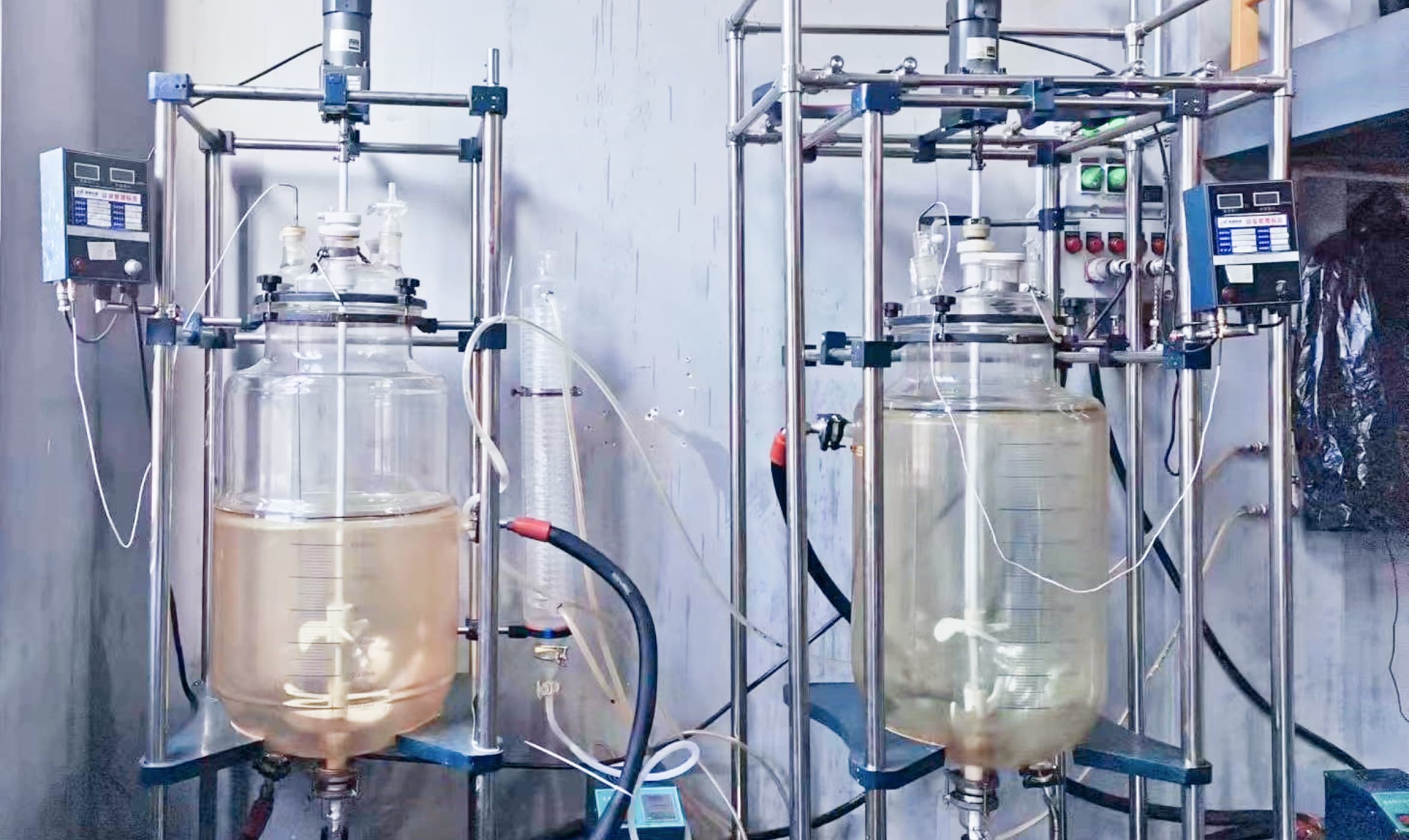



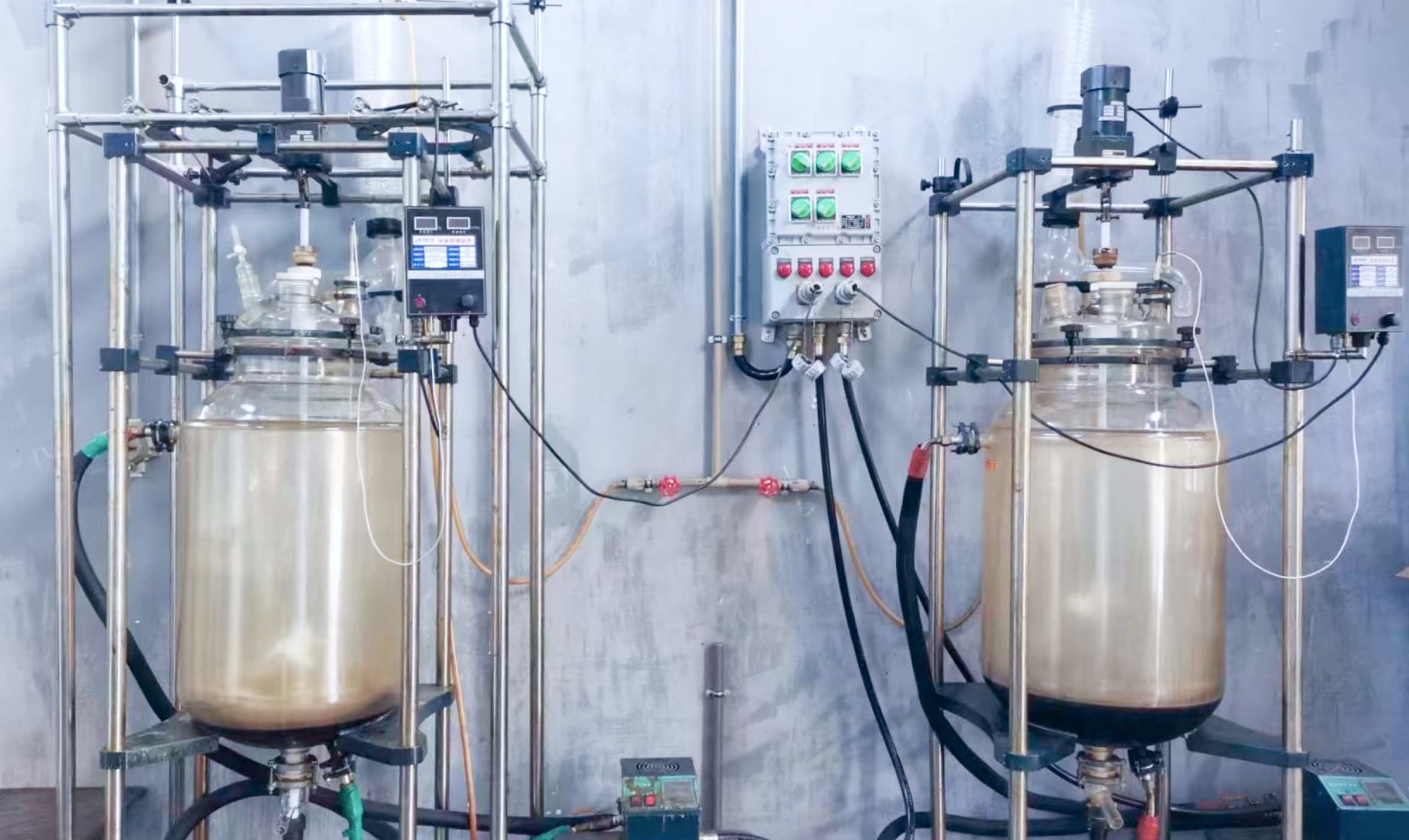
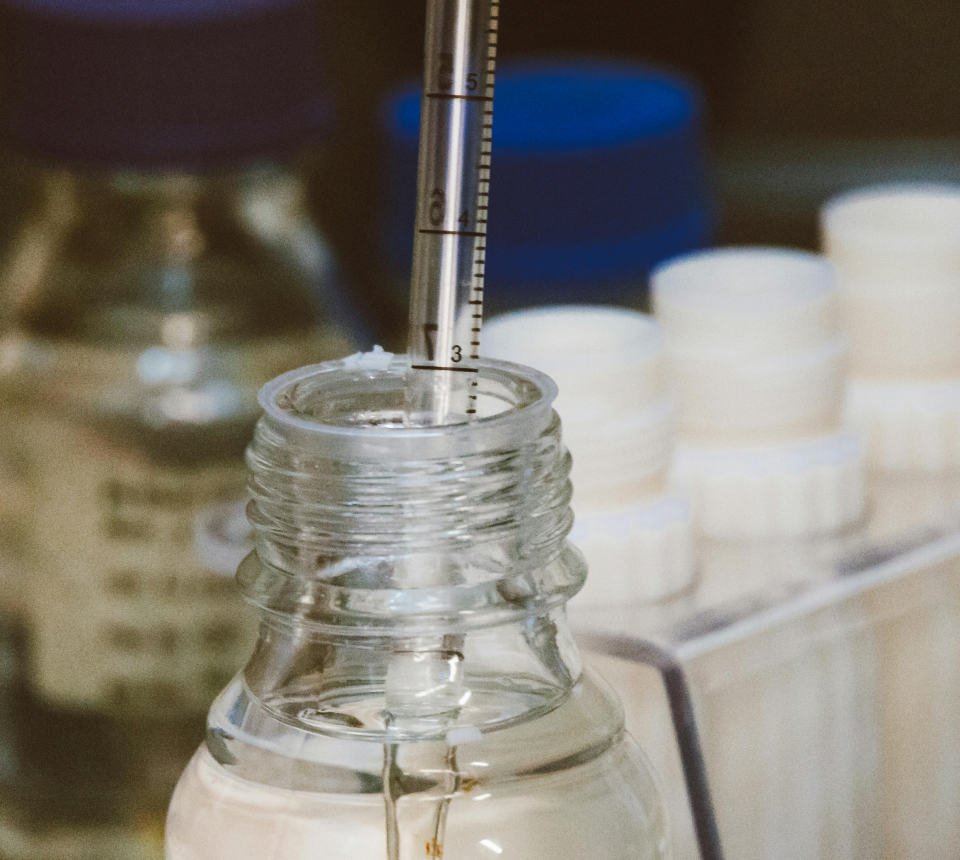





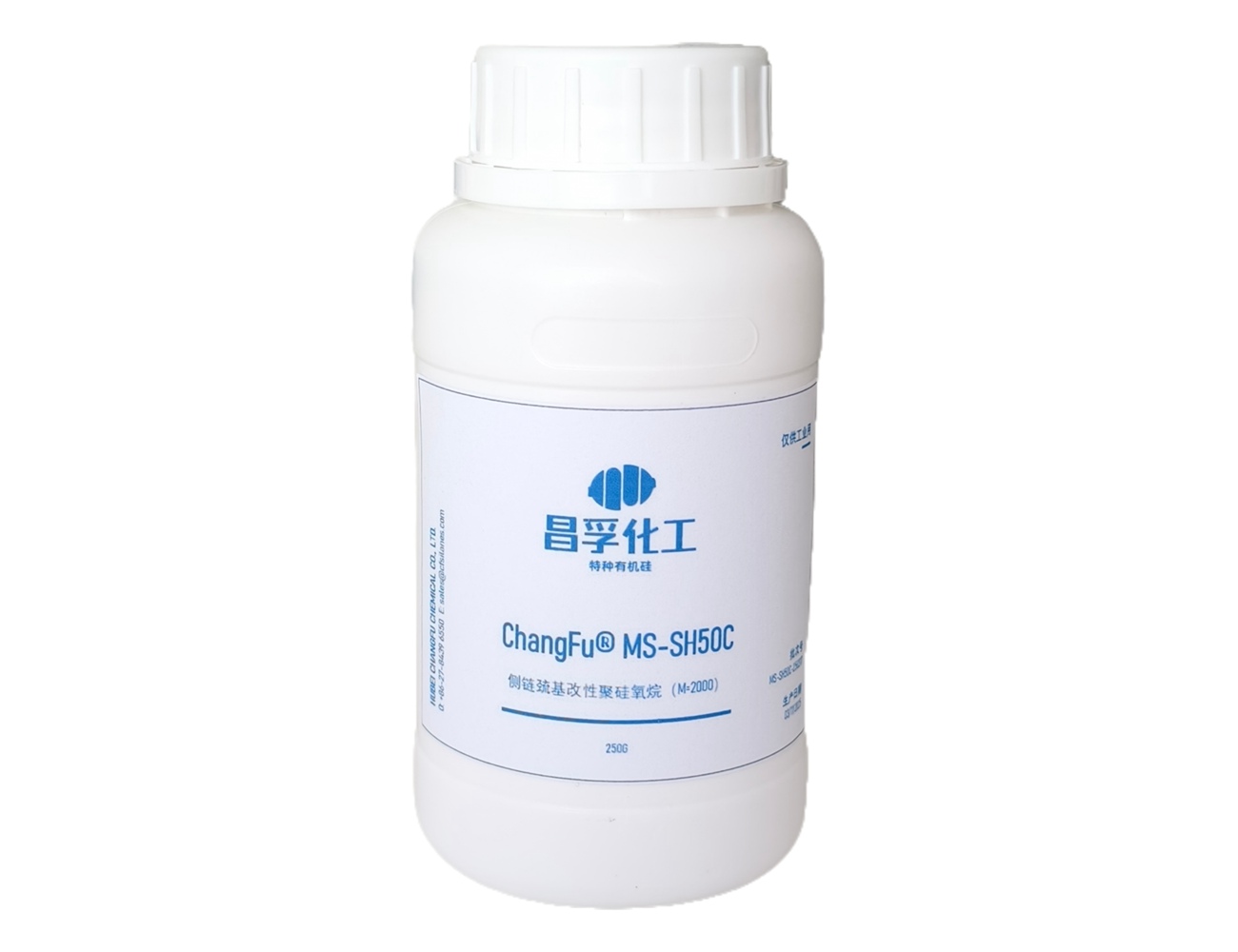



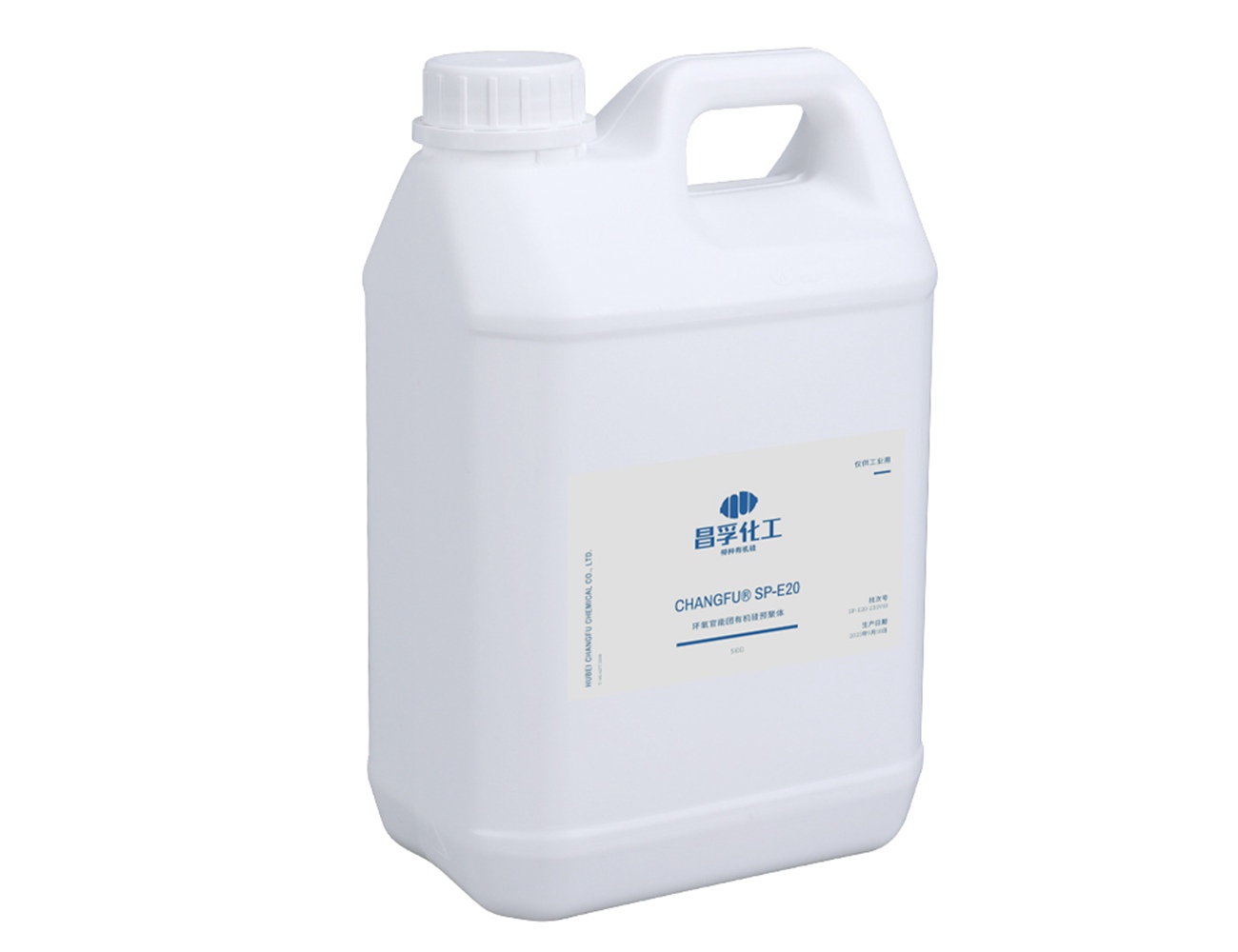
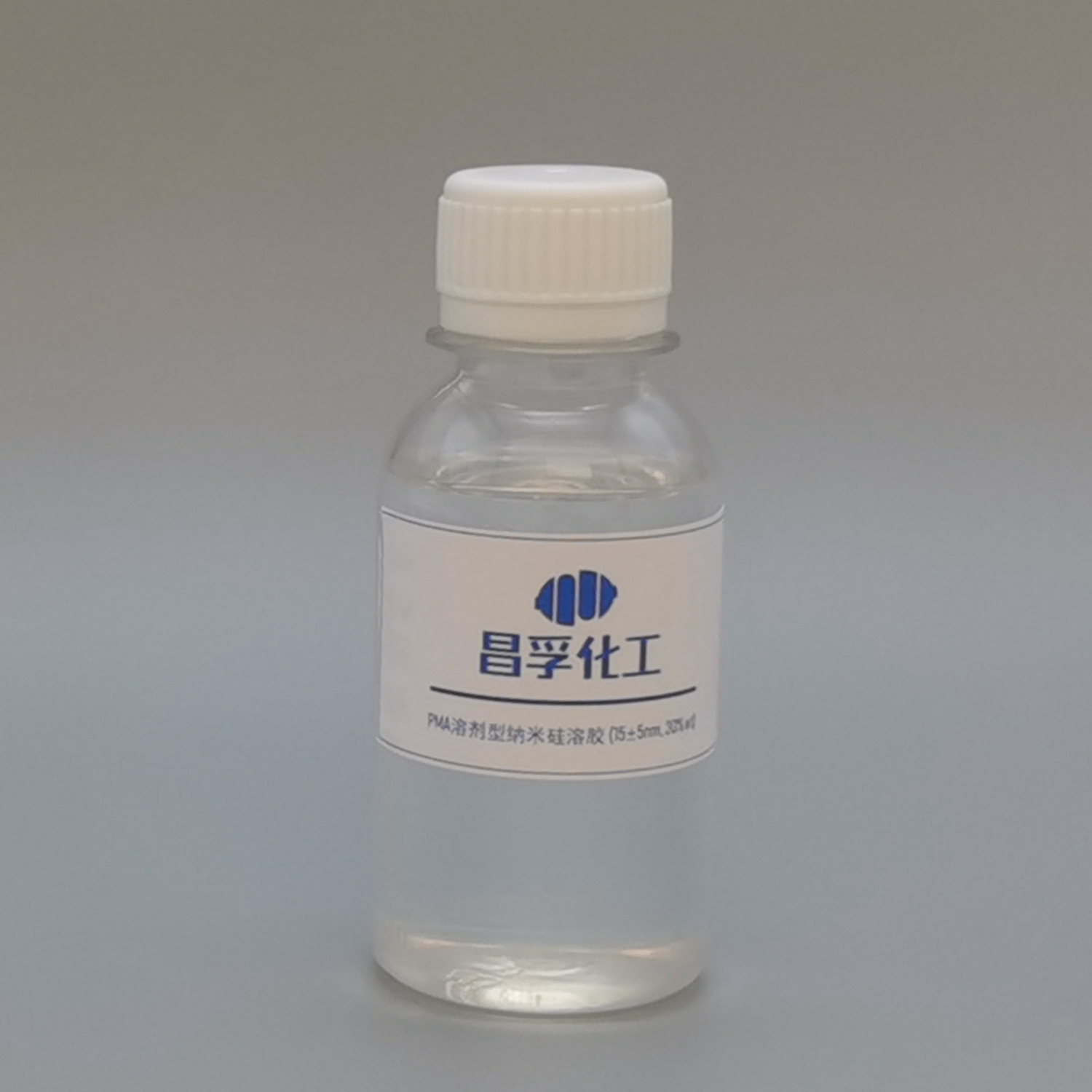
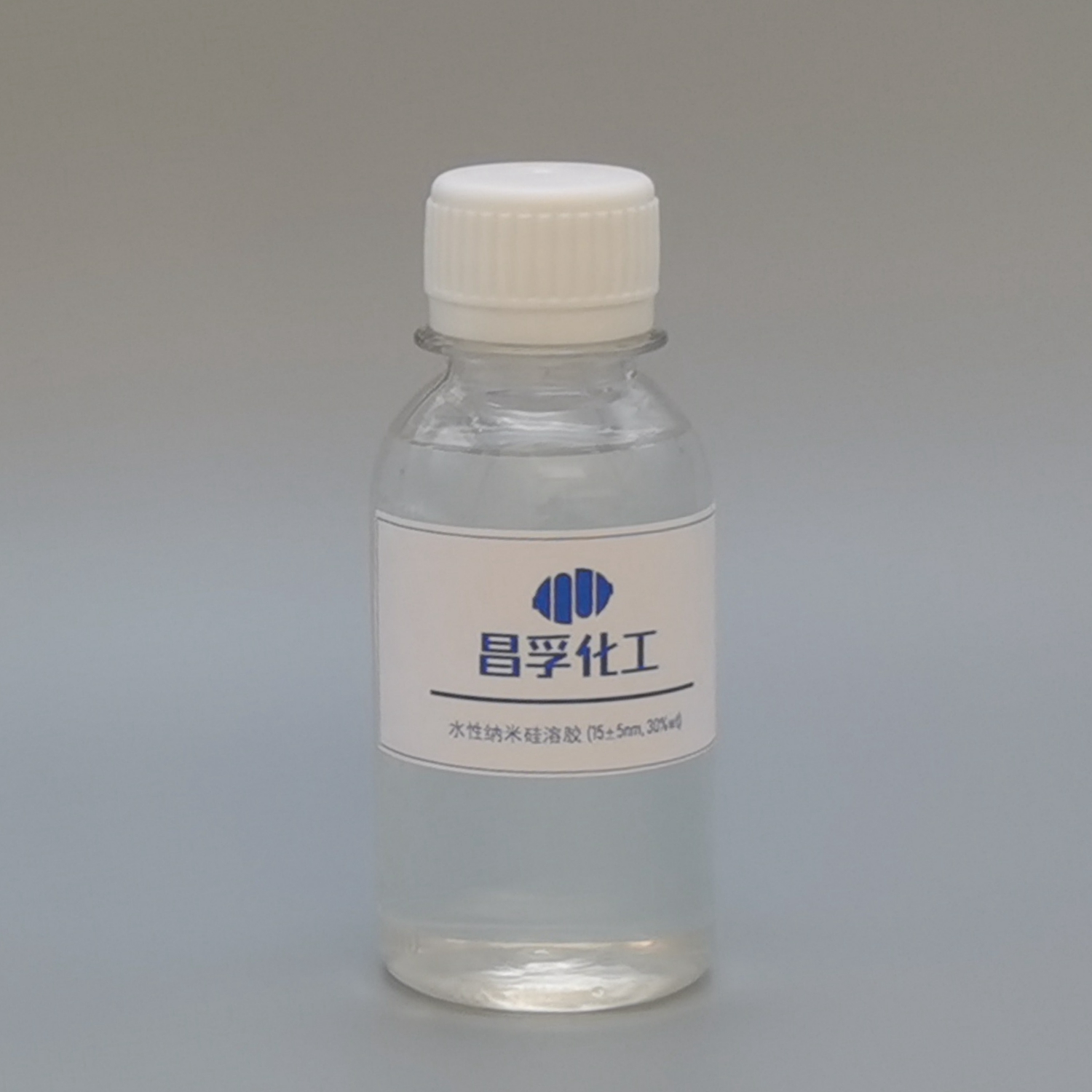

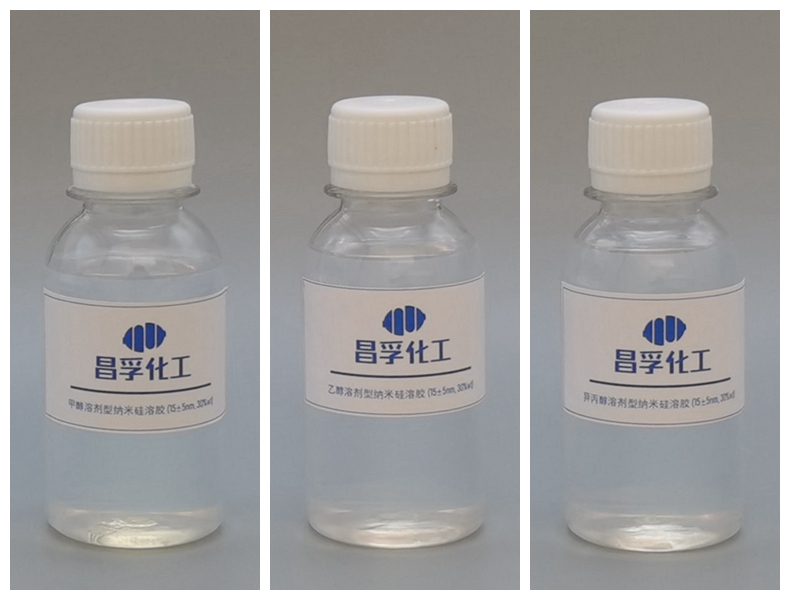
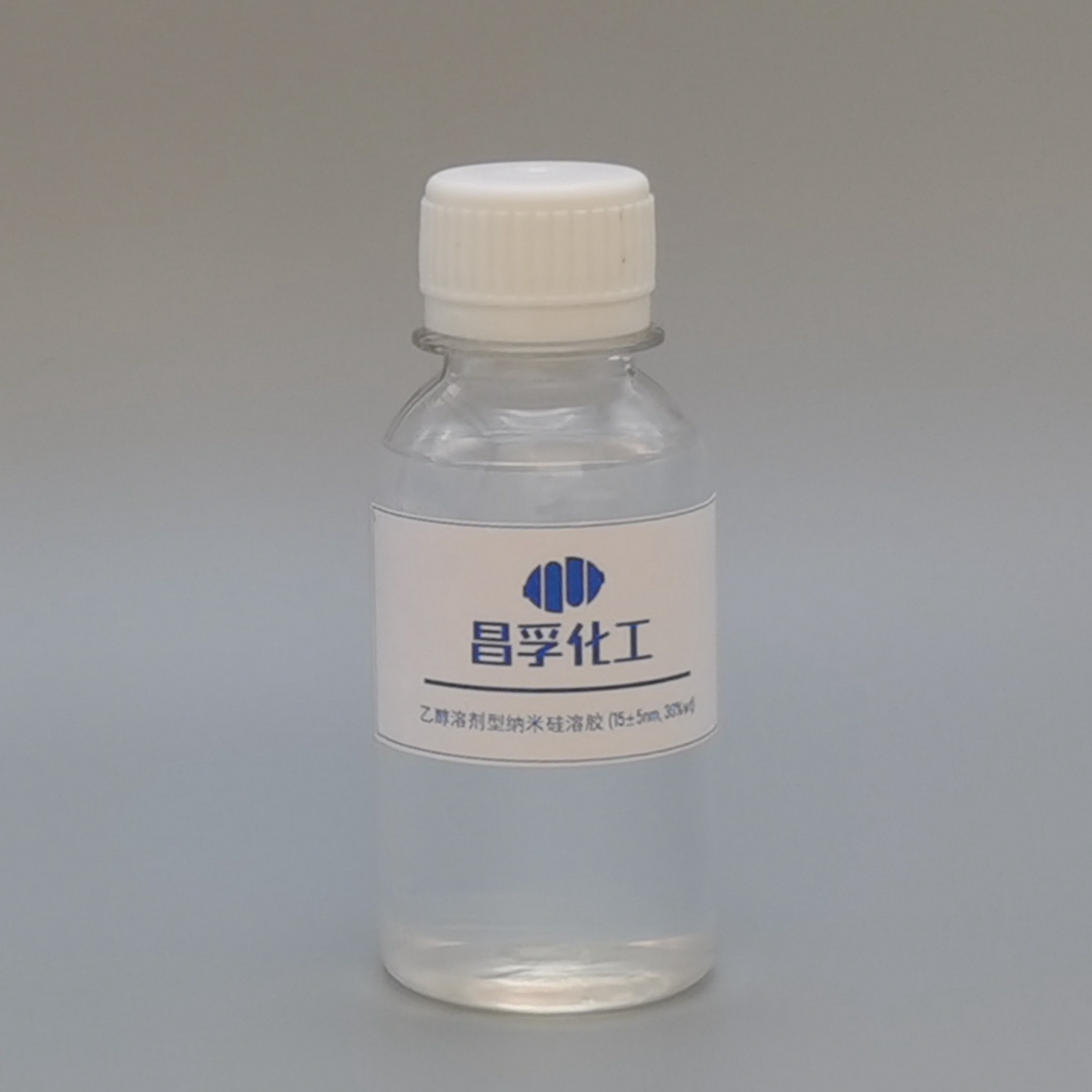
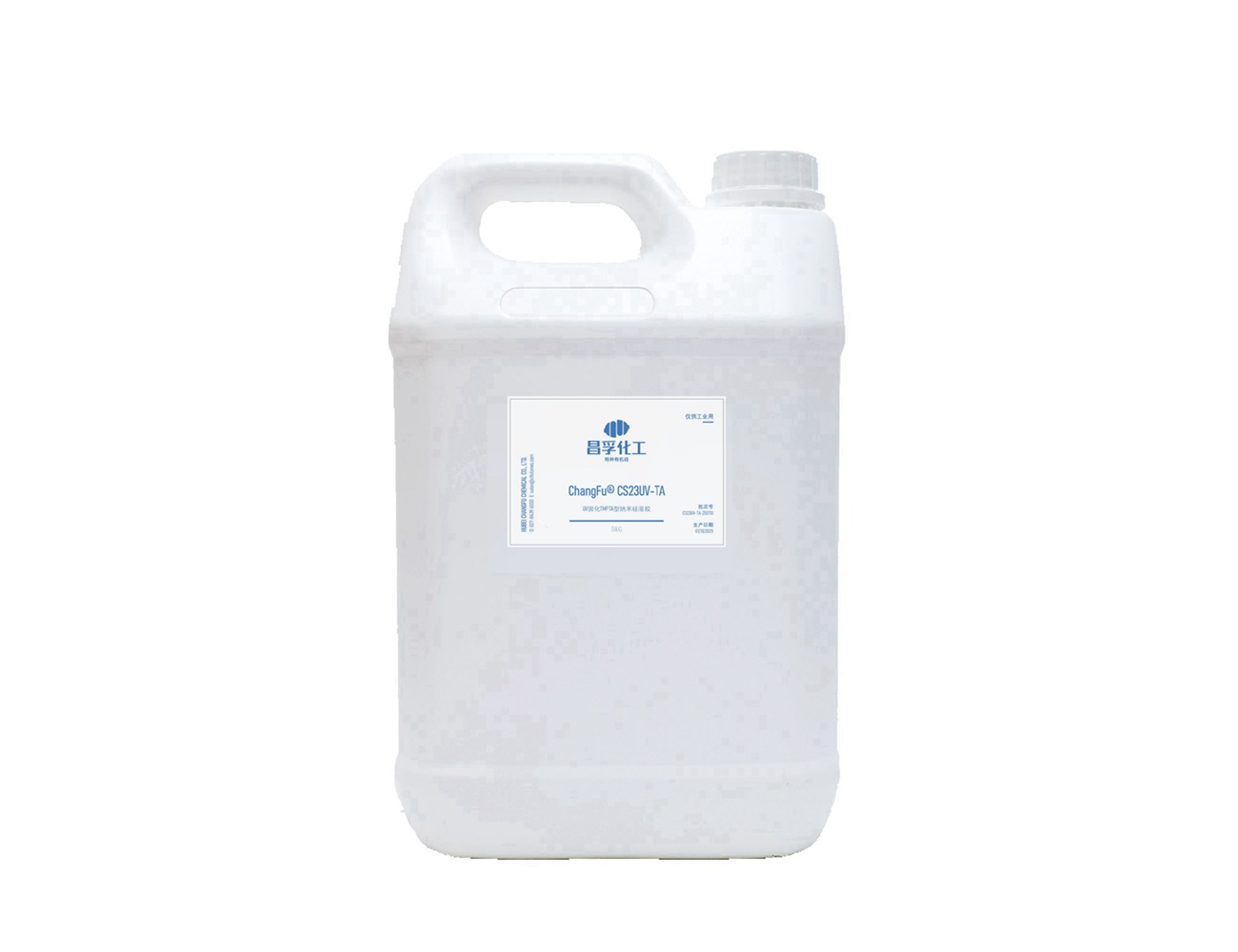
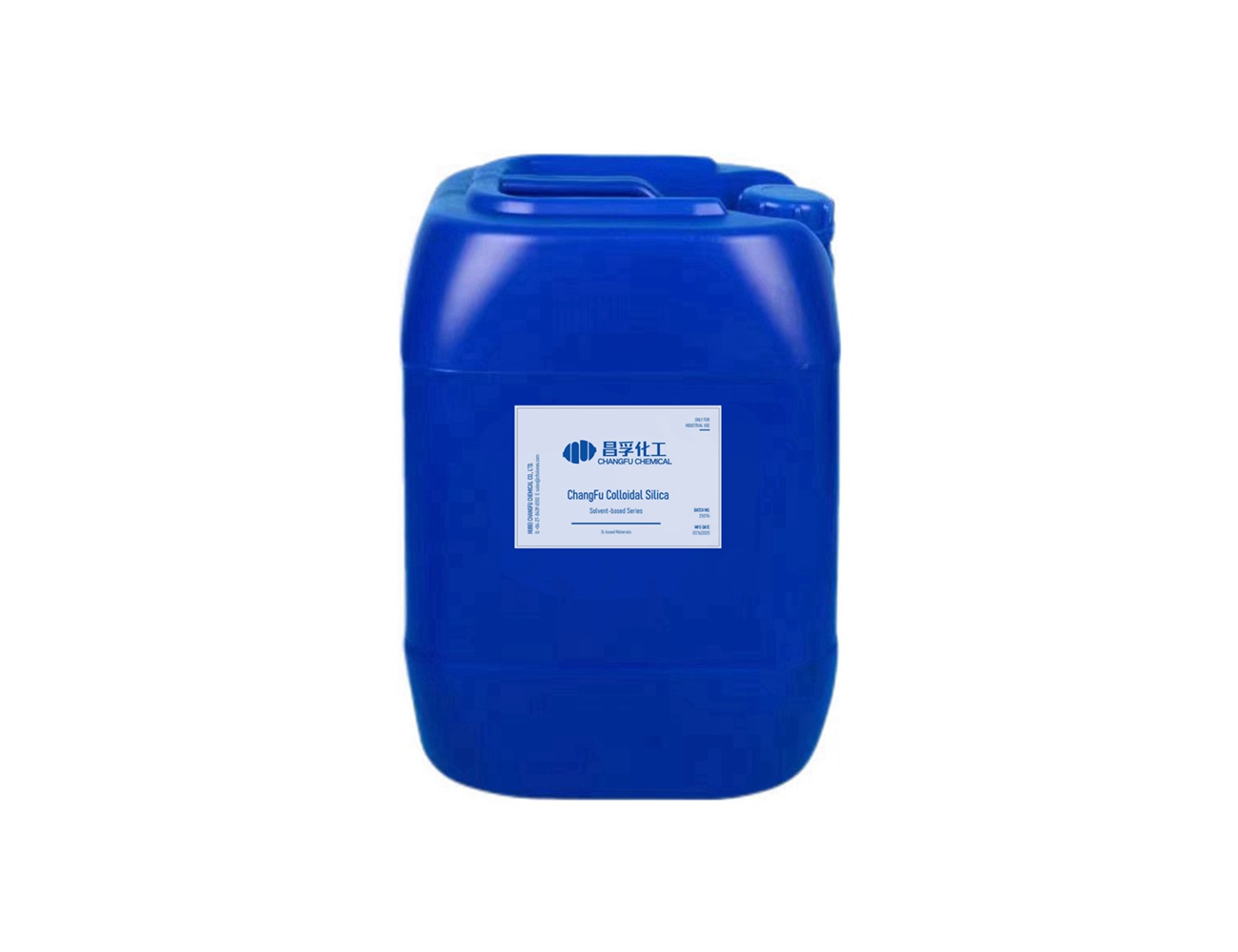


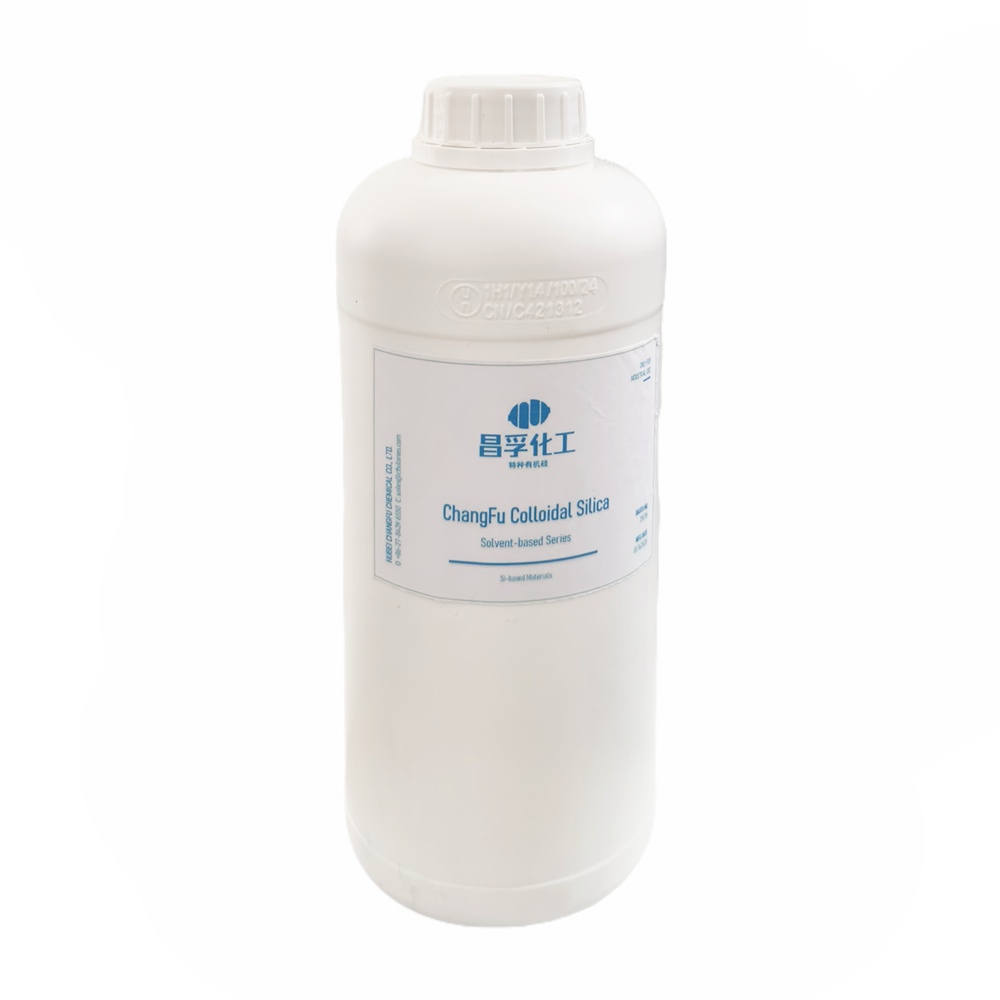


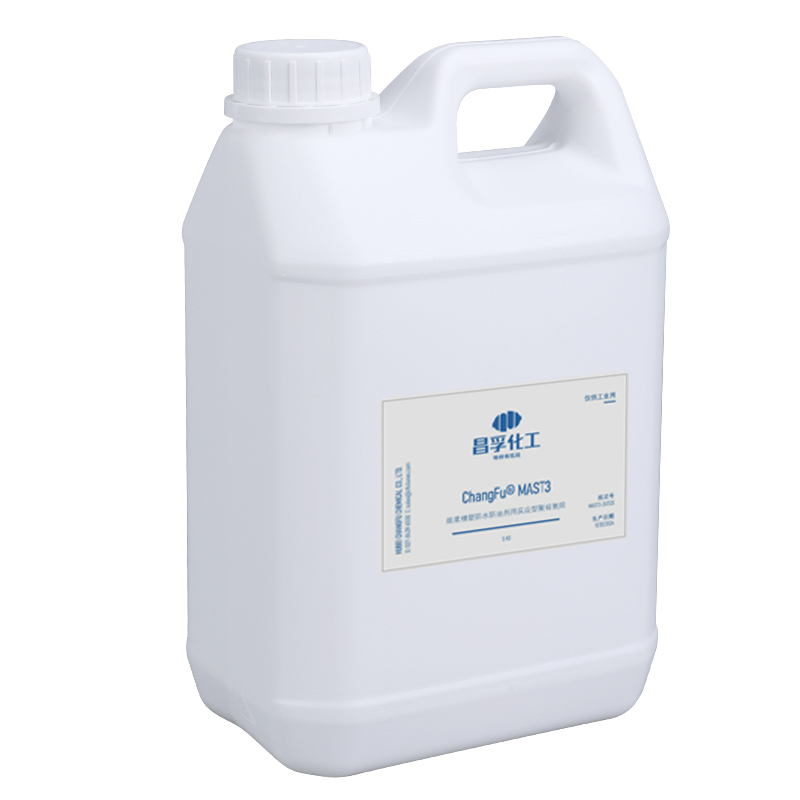





































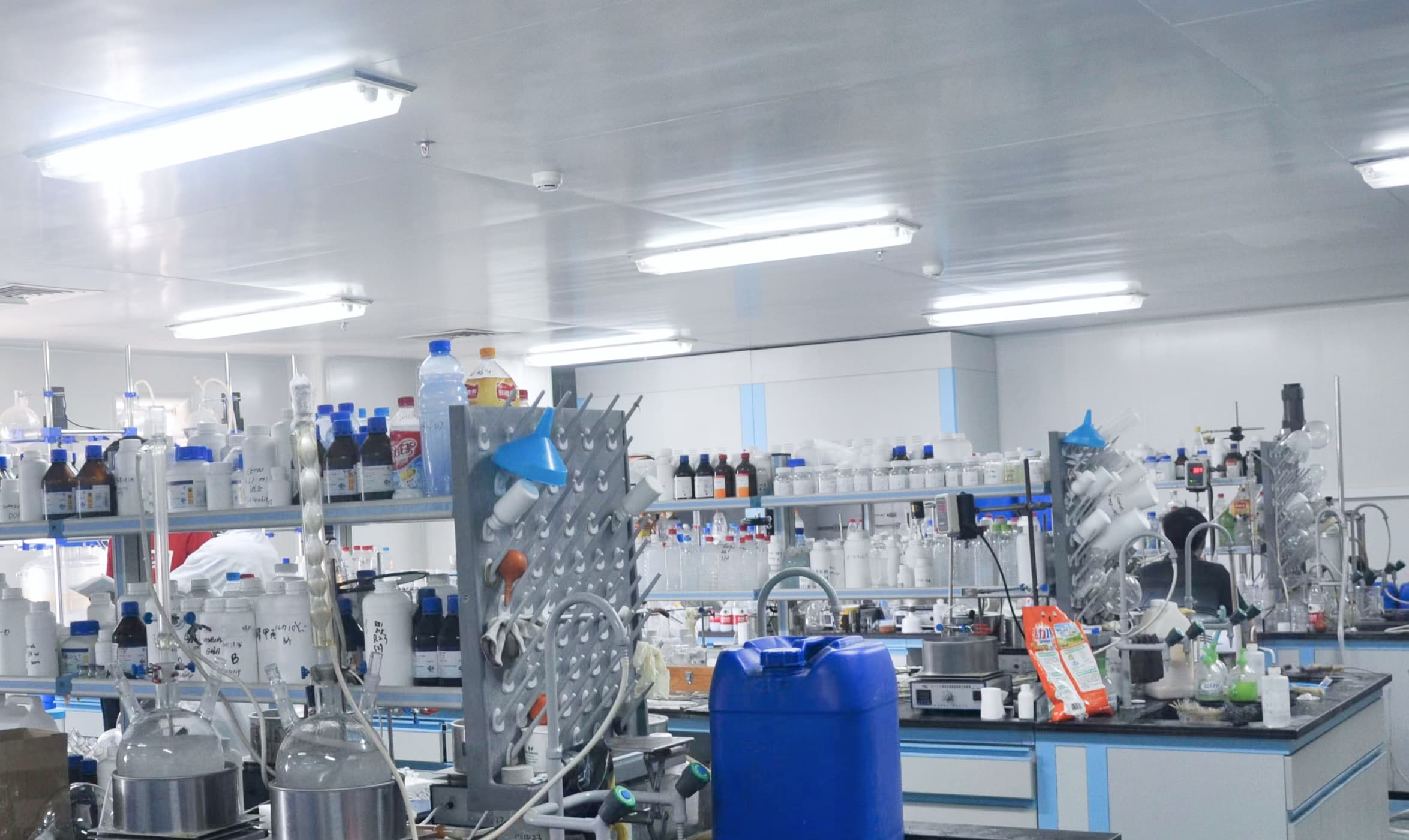

+86 27 8439 6550
+86 181 6277 0058
sales@cfsilanes.com
Optics Valley Bio-City
No. 666, Gaoxin Avenue
Hongshan District, Wuhan City

+86 27 8439 6550 | +86 181 6277 0058
sales@cfsilanes.com
Optics Valley Bio-City
No. 666, Gaoxin Avenue
Hongshan District, Wuhan City
Copyright © Hubei ChangFu Chemical Co., Ltd. All Rights



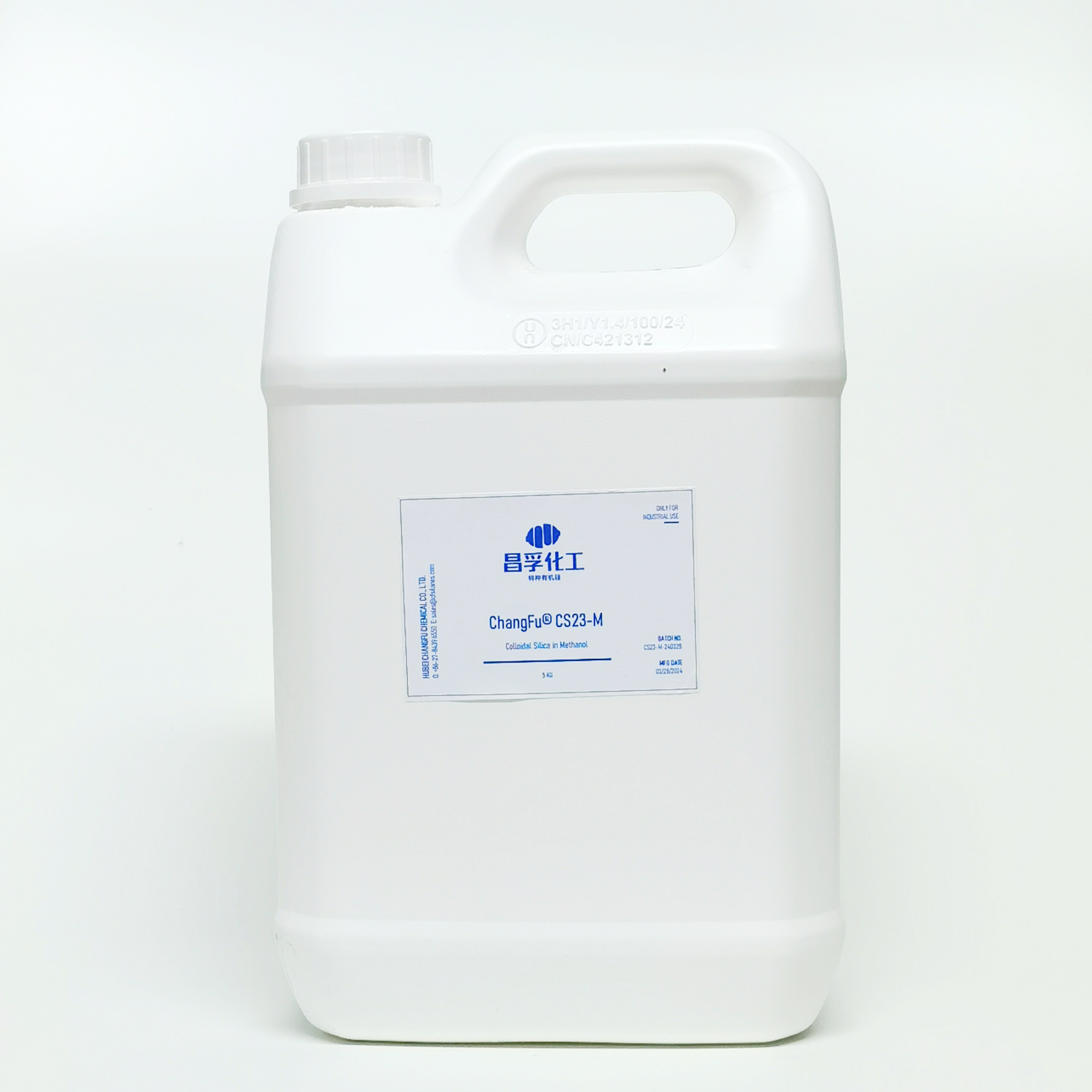

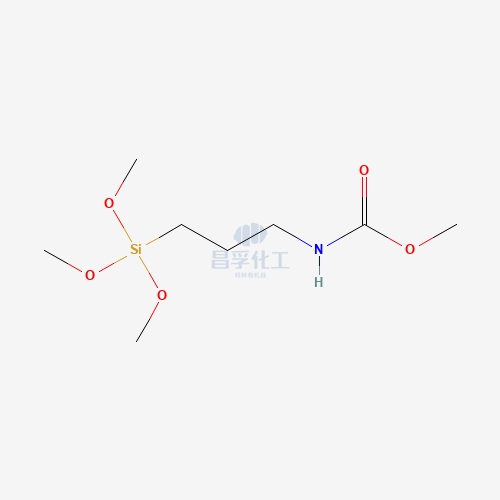
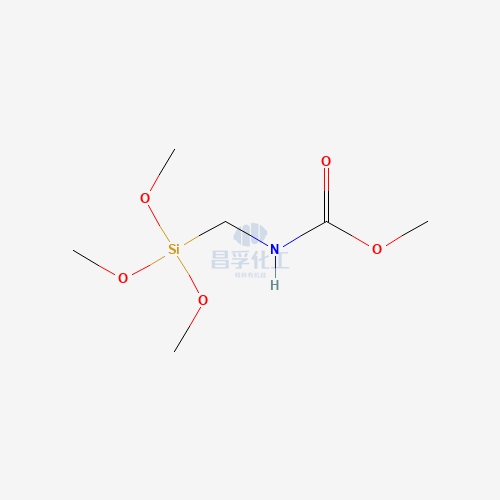
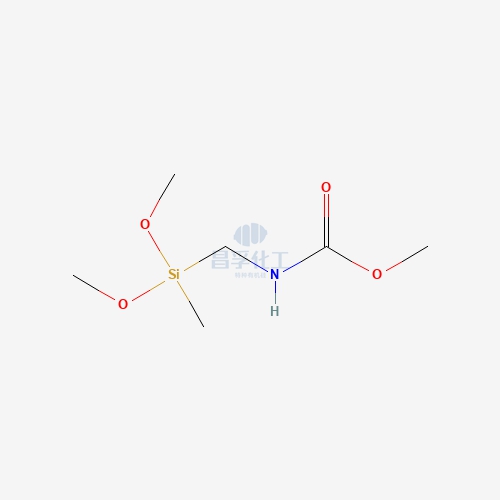
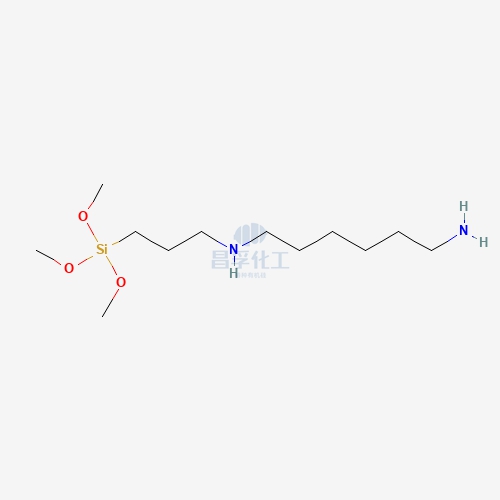
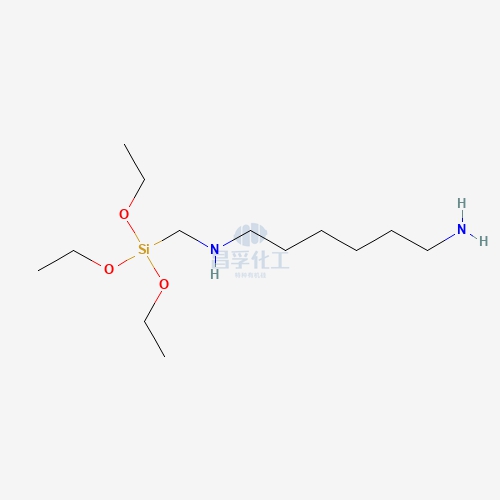
![N-[5-(Trimethoxysilylpropyl)-2-aza-1-oxopentyl]caprolactam CAS: 106996-32-1 106996 32 1 N-[5-(Trimethoxysilylpropyl)-2-aza-1-oxopentyl]caprolactam CAS: 106996-32-1 106996 32 1](https://cdn.yofishseo.com/1363882761272232/106996-32-1.jpg)
